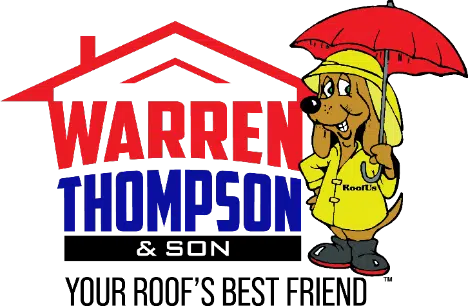Vinyl siding can vastly improve your home’s exterior and is an attractive, long-lasting, and durable option for homes in every climate. It’s easy to maintain, comes in a variety of color choices and style options, and is becoming the siding material of choice for both exterior renovation and new construction.
There are two typical configurations used for the installation of vinyl siding. The orientation you choose depends on several factors including your taste, the overall aesthetic you wish to achieve, and the material and grain of the vinyl you like.
Horizontal Siding
Horizontal vinyl siding is a classic, durable and popular choice for your home and if you take a look around your neighborhood, you’ll likely see many homes with horizontal siding. Think of it as siding that is “laying down” from left to right when it is installed, rather than “standing up” as in a vertical application. There are several distinct styles of horizontal siding available. Here are just a few of the most common variations to consider:
- Clapboard – Traditional and classic, clapboard siding is nailed horizontally and is one of the most affordable vinyl siding options available. During installation, the bottom of each vinyl plank overlaps the one below it, providing excellent water resistance and an attractive, repeatable pattern. Clapboard siding is sometimes called “lap” siding, which is an abbreviated reference to its overlapping installation.
- Traditional Lap vs. Dutch Lap – A traditional lap vinyl siding configuration is a great choice in regions that receive a lot of moisture. Like clapboard siding, traditional lap is installed where the bottom of the plank overlaps the one below. The subtle difference is that these planks are narrower at the top, creating a more noticeable shadow pattern Another option is Dutch lap, which is similar in its overlapping installation but features a slight bevel to the top of each plank.
- Beaded – This style features what is called a “V” groove design that creates a shadow line that runs along the bottom edge of each panel. Many years ago, beaded siding was an indication of a wealthy homeowner, as it was very expensive to produce. Today’s vinyl beaded siding brings this style within reach for those wishing to add an elegant touch to their home’s exterior.
Vertical Siding
Now let’s take a look at vertical vinyl siding options. Think of this orientation as siding that is “standing up” when applied. Vertical siding has been used for hundreds of years and is often seen in historic restorations. Some of today’s more progressive home designs feature a combination of both horizontal siding and vertical siding and the result is stunning. Although there are a number of vertical siding options, here are two of the most popular:
- Board and Batten – Historically, this siding option was the method of choice for homes or outbuildings that needed excellent protection from the elements. In the case of today’s vinyl siding applications, it starts with wide vertical planks (boards) that are joined together by “battens” (thin vertical strips of vinyl) that cover the exposed seam.
- Shake and Shingle – Traditional shake and shingle siding is made from wood that is split from a block of lumber. You may be most familiar with them as a high-end roofing material. The look is rustic and distinctive and, if this is a look you hope to achieve, there are many vinyl shake and shingle varieties at a number of different price points.
These are just a few of the many options available in vinyl siding and there are many more factors to consider before choosing the best option for your home. Aside from plank orientation, there are a variety of textures and grains available, as well as options for UV protection or insulation, just to name a few. Our vinyl siding experts can evaluate your home and help advise you about the color and material. We offer a variety of quality siding options from insulated vinyl to fiber cement. Warren County homeowners have trusted Warren Thompson & Son Roofing & Siding for vinyl siding installation for over 47 years. Contact us today to schedule a free consultation with one of our home exterior experts.
